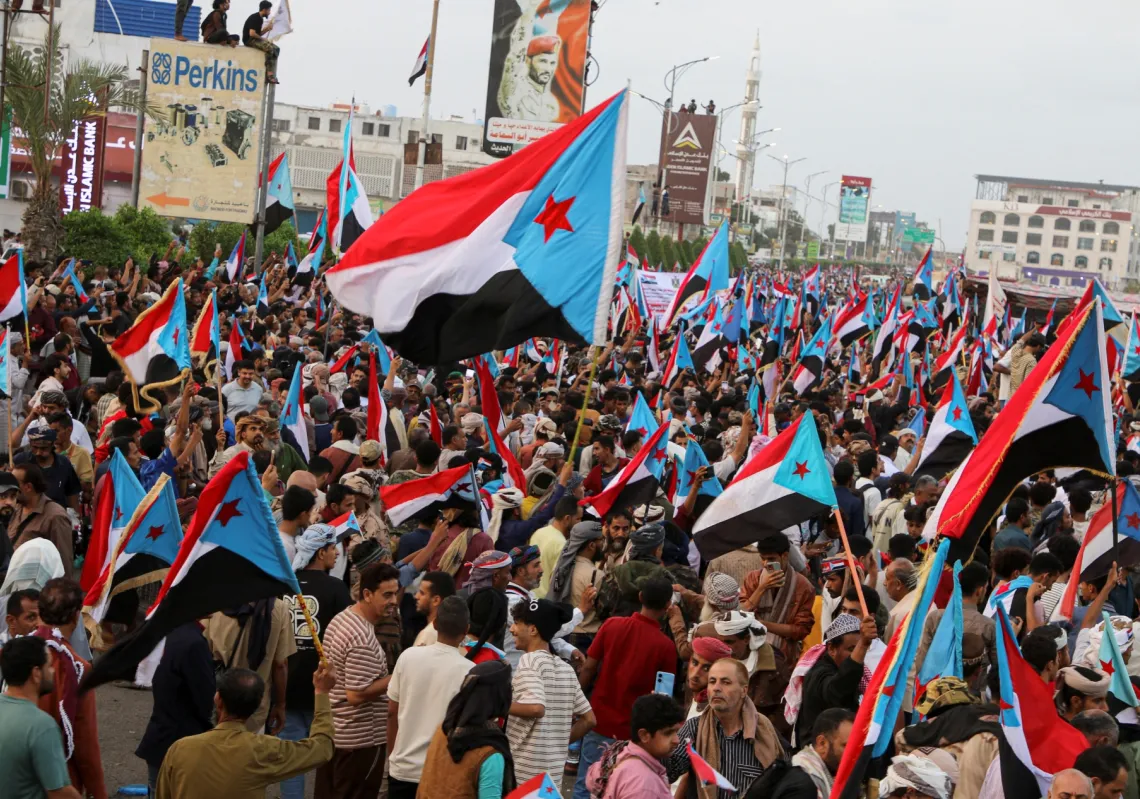A terrorist attack in Ankara on 1 October has led to a new wave of military operations and reprisals by Turkey in Syria and created new complexities between NATO allies, Turkey and the USA.
The attack in Ankara took place just a few hours before the opening ceremony of the new session of the Parliament, where President Erdoğan would do the traditional inauguration speech. The targeted building — the Ministry of Interior — is just opposite the parliament.
A suicide bomber detonated an explosive device outside Turkey's interior ministry in Ankara. The attack took place just hours before parliament was set to reopen. pic.twitter.com/OjR9JNmGhb
— DW News (@dwnews) October 1, 2023
Hakan Fidan, Turkish Foreign Minister, who was the chief of intelligence for the last decade before taking over the post almost a year ago, stated at a press conference after the attack, that the two perpetrators came from Syria.
Turkish police came up with the names, identities and affiliations of the two perpetrators and confirmed both to be members of the YPG/PKK terror organisation.
Like many PKK militants, they were within the YPG cadres in Syria and infiltrated into Turkey from there.
Fidan declared that “all infrastructure and energy facilities belonging to the PKK/YPG, especially in Iraq and Syria, are now the legitimate targets of Turkish security forces.”
He advised third parties to stay away from PKK/YPG facilities and individuals in a thinly veiled reference to the United States, a chief backer of the group.



















